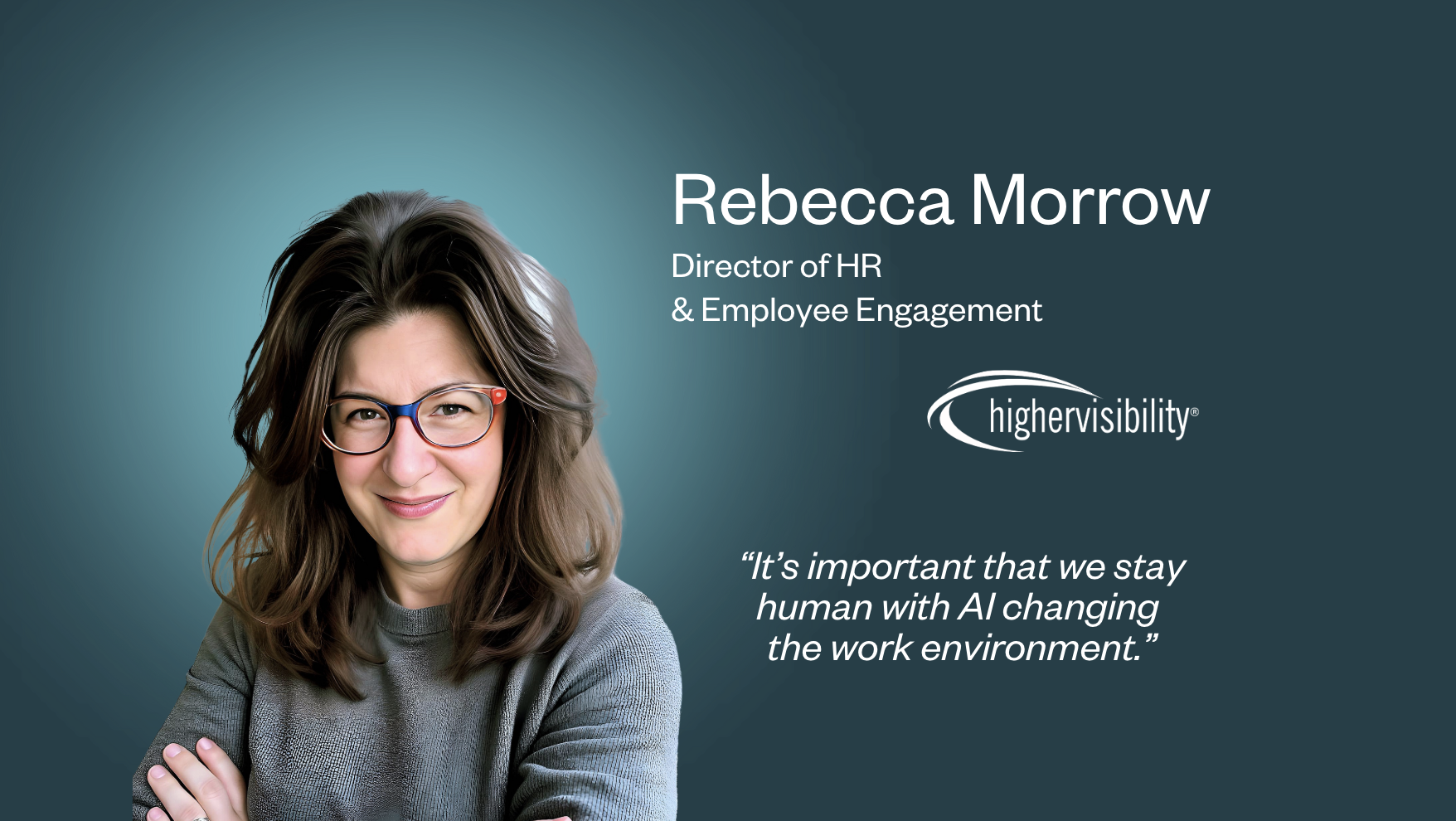Before I founded Sama, I spent most of my career as an investor in global institutional private equity groups.
Eight years working in the PE market opened my eyes to the many realities of the corporate world as I worked with hundreds of businesses. I’ve witnessed firsthand how broken most company cultures are, where people do not feel they belong are aligned with their company’s mission. This translates into low levels of employee engagement and incredible wastage of human potential.
I have also seen how executive coaching can transform organisations and teams. For example, it can help unlock a culture of trust, and make teams go from good to great. Coaching is the Rolls-Royce of personal development. Personally, I have benefited from working with great executive coaches and have experienced the transformative power of coaching. Coaching is the privilege of too few, being offered to senior team members, in an opaque manner, when it should be accessible to all, especially the ones who are typically overlooked such as your average employee.
Lesson 1
The system is broken
I come from an entrepreneurial family and was always fascinated by businesses, by how things worked. That said, I got into private equity through a detour. I spent a few years as an international M&A lawyer, which was an intense but fantastic training ground in building a strong work ethic. The PE industry is a high achieving, fast-paced, numbers-driven industry. My experience as an M&A lawyer helped me navigate through this.
What’s great about private equity is that it allows you to look under the hood of so many businesses. You see what’s working, and what’s not working.
I realised that companies have a very high level of employee disengagement. What I personally witnessed coincided with the prevailing disengagement statistic in the corporate world: 52% of workers are not engaged. While they show up at work, they often do not feel aligned and do not put passion into their work. I saw people come to work generally unhappy, feeling stuck and that there was just no avenue for them to feel fulfilled. When this happens, you do the bare minimum, don’t raise red flags or contribute innovative solutions. This created a vicious circle where people were dissatisfied, not engaged, tainting the overall performance and the culture.
Lesson 2
Companies need to build a culture of inclusion
What came to light (and is a strong contributor to employee engagement) is how companies struggle to have an inclusive culture and maintain a diverse team that feels a sense of belonging. I am a female of mixed origins – my father is Indian and my mother is Canadian. I am often ashamed to realise how naive I was for a long time, thinking that if you work really hard, you’ll be judged on merit and able to succeed whatever your goals are.
I got to a point in my career where my rose-tinted glasses fell, I raised my head and looked around me and found that there was very little diversity within the corporate world. The situation gets even worse at the leadership level, where 90% of board chairs are Caucasian and 95% of CEOs are white males. The good news is that this is now recognised and that companies are pushing so many initiatives to solve this. 71% of global companies have processes to remove biases in hiring – it is progress, but it’s still not enough.
Fostering an inclusive culture and engaging a diverse team is not only the right thing to do as a human, but it also makes a lot of business sense. Several studies indicate that diverse and inclusive organisations are more productive and generate higher revenue compared to businesses lacking diversity and inclusion initiatives. BCG found that diverse teams had 19% higher revenue due to innovation relative to less diverse teams. Inclusive teams drive decision making 2 times faster with half the meetings.
Despite all the initiatives companies implement to support diversity and build an inclusive culture, only 25% of employees from underrepresented groups say they truly benefit from it.
To date, initiatives around DEI have been top-down, promoted by a leadership that is predominantly homogenous. Initiatives are not sufficiently tailored to each individuals’ needs and are therefore the antithesis of diversity and inclusion.
Historically, companies have dictated how employees should progress. If you want to create an environment where everybody is truly heard and can develop based on their unique skills, you have to give them resources that are tailored to their individual needs. This is why our coaches support the specific development needs of each individual within the organisation.
Lesson 3
Coaching is not just for executives
Coaching has a massive positive effect on employee engagement and productivity. I am a living testament to that. I had my first coaching session post-university and it was the most impactful interaction I’d had to date – and that was just with one session. I am an introvert and used to despise small talk and networking events. In one session, my coach helped me shift my perspective and guided me in approaching work interactions in a more authentic and enjoyable fashion. Had I not had coaching, I sincerely think I wouldn’t be where I am today.
I wish I’d had more high-quality coaching earlier on in my career. It certainly would have changed certain behaviours and reactions. For example, I’ve always been quite impatient. I would tackle projects and bulldoze ahead without much tact. Understanding how to build consensus would have been helpful, as well as learning how to find sponsors to champion me or advocate for myself better.
Our ultimate objective at Sama is to support employees and give them the tools to be more productive, to help companies perform better, and to do it the right way with a workforce more engaged and better equipped through their career and their life.
The International Coaching Federation shared that 80% of employees who received coaching became more confident. In addition, more than 70% saw their work performance improve, communicated better, and fostered stronger relationships in the workplace. Coached individuals also became adept at navigating their organisation as well as expertly approaching even the most critical, tense situations.
Management should make coaching a core initiative for employee development. For one, coaching improves employee wellbeing by providing employees a safe space. It helps employees see, and tap into, their strengths and skills, their blind spots, and find ways to unleash their full potential. When this happens, employees don’t just feel more confident about who they are, but they can contribute more to their company and community.
These realizations empowered me to make it my mission to make coaching available to all employees, including more junior team members who normally would not have access, in a way that is tailored to their specific needs and situations.
Lesson 4
Finding the right support matters
While I am an advocate of coaching, finding experienced coaches is a challenge. The two key issues are that it is an unregulated profession and there is often a huge disconnect between cost of coaching and quality.
Because it is an unregulated profession, anyone can call themself a coach even without having done any coach training. Then, there is the question of the quality of the training and experience. There’s that inherent risk of getting someone who overpromises yet underdelivers.
An HR professional has to spend significant resources to find quality coaches who understand the intricacies of their company and industry, which means that they often work with a small pool of coaches or rely on an agency. If you are an employee, to find coaches you either do a search on the internet and HOPE it’s the right coach, or you rely on word-of-mouth. But a coach that’s great for your friend isn’t necessarily great for you. Vetting the quality of coaches you find is extremely hard.
Because it’s an inefficient market, the cost of coaching often does not translate to the value it provides. You may think you’ve chosen a great coach, but it’s hard to be sure. You might also spend thousands of dollars if you hire coaches personally, regardless of whether you are with the best coach for you or not.
Other organisations have initiatives where they commission an agency to provide coaching to their employees. But there’s an inherent problem with in-house coaches or third-party coaches selected by one or two people within the company. When the company handpicks the coach and asks for specific reports on the interaction, the level of trust and psychological safety the employee has in their coach is generally much lower. The same goes with in-house coaches.
Working with an independent 3rd party that selects and works with incredible coaches that have a duty to the employee is really different. The challenge is that not all platforms are created equal and often quality lacks there too. You have to have a lot of confidence in the platform and their coach selection process to delegate the selection and matching.
When you can trust your coach, you develop faster.
Lesson 5
The best solution is one that is tailored to each employee
Having experienced firsthand what’s wrong with the traditional way of finding a coach and delivering coaching, I decided to build a platform that provides the Rolls-Royce of professional development, starting with high-quality coaching that is the most relevant for each employee. We take into account company specific needs, and make the employee the center of their development journey.
At Sama, we constantly seek to achieve ongoing growth and development for our users. Our professional coaches ensure the ultimate impact for individuals and the company.
Our experienced coaches work closely with employees to create highly tailored programs and tools to help each individual access and activate their full potential.
Most importantly, all Sama coaches work for the employee. For us, confidentiality is sacrosanct. We do not share individual data with client companies. They are comfortable with this because they care about and know the benefits of coaching at scale. Data is only shared in aggregate, not individual metrics on employees, and only when teams are large enough to ensure anonymity. Ultimately, this leads to the great advancement of individuals and a positive impact on the company’s profitability.
Lesson 6
Coaching at Scale Improves Company Culture
Alongside helping employees looking to navigate and progress in their company, coaching helps leaders be more self aware and adopt behaviours that are exemplary. We work at all levels of seniority and help improve the culture of the company, one employee at a time.
With Sama, I hope to give all employees, regardless of their seniority level, the chance to tap into their highest potential, perform at their best and feel fulfilled. Through high-quality, tailored coaching, business leaders can broaden their perspectives, be more inclusive, and embrace diversity to transform their company into an effective, resilient, and high-performing enterprise.



